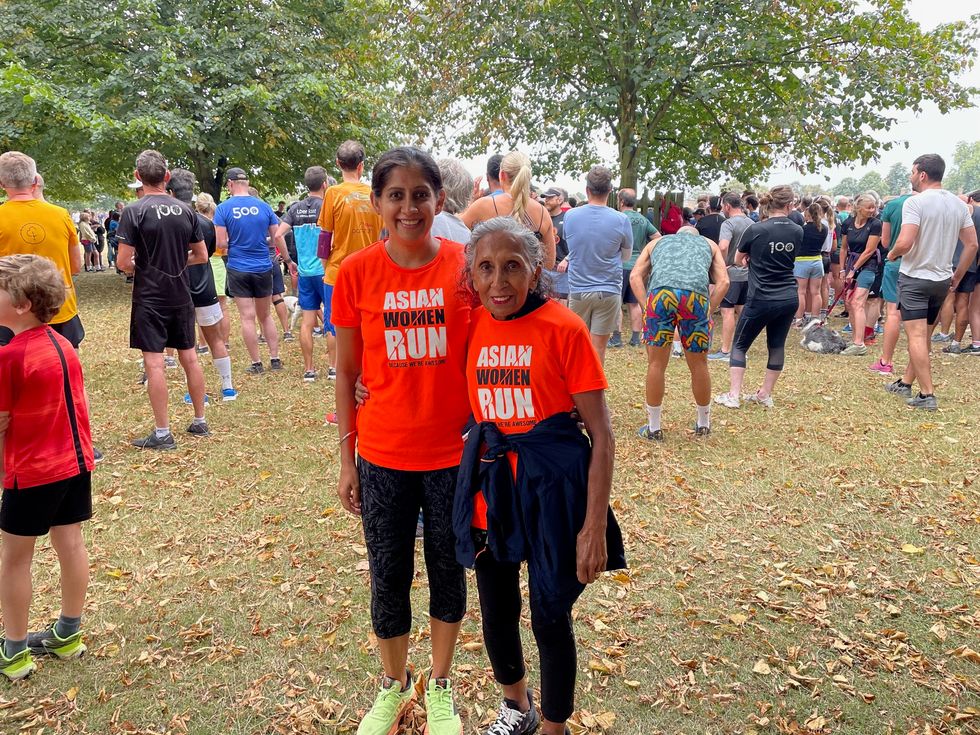"Unique" Afghan leg spinner Rashid Khan will have a major impact on this year's Indian Premier League for the Hyderabad franchise, coach Tom Moody has predicted.
Rashid has made rapid strides since making his international debut in October 2015 as a 17-year-old, in February becoming the youngest to top the International Cricket Council's rankings for bowlers in the Twenty20 and 50-overs format.
Sunrisers Hyderabad splurged 40 million rupees ($609,524) at last year's auction to land the unheralded leg-spinner from Afghanistan, where cricket is highly popular but sporting facilities are pitifully inadequate after decades of war.
He saw an intense bidding war in this year's auction before Hyderabad retained him with their right-to-match option for a whopping 90 million rupees ($1.37 million), more than double what they paid for his services a year earlier.
"Rashid is a pretty unique cricketer and he's had a lot of success with us last year," said Moody, 52.
"He's gone from strength to strength in the various tournaments that he has played around the world and also when he's representing his country."
It was only in 2013 that Afghanistan, mostly made up of players who picked up the game in refugee camps in neighbouring Pakistan, became an Associate Member.
They are currently a Full Member, scheduled to play their maiden test match against India in June, and also won the qualifying tournament for the 50-over World Cup in England and Wales next year.
Rashid has played a major role in Afghanistan's ascent, and last month become the fastest to take 100 wickets in ODIs, bettering the mark of Australia fast bowler Mitchell Starc by eight matches.
He is a proven strike bowler and has made a name for himself in Twenty20 leagues around the world, proving his worth in the IPL and Australia's Big Bash League.
"He's an important piece to our puzzle given that there's an element of mystery around him and he has that real potency as a wicket-taker. So he's important," Moody, who played eight tests and 76 ODIs for Australia, said in a telephone interview.
Hyderabad, who lead the IPL standings with three wins from as many matches, lost captain David Warner after the Australia opening batsman was banned late last month due to the ball-tampering scandal in South Africa but New Zealand skipper Kane Williamson has eased into that role.
While hard-hitting Warner's ban was a big loss, the franchise had moved on and are focused on providing Williamson the best support they can, Moody said.
"It's a very easy transition to be honest," said the Australian, who has also coached Sri Lanka's national side.
"Kane is the captain of experience, given he has captained international teams. He's got a real understanding of leadership and captaincy.
"And like any player captain must be true to themselves and true to their strength and Kane will be doing exactly that and we will encourage him to do it his way."



















 The circular structure inspired by jali screens in India
The circular structure inspired by jali screens in India Sophie, Duchess of Edinburgh, at the garden
Sophie, Duchess of Edinburgh, at the garden The couple display their medals
The couple display their medals